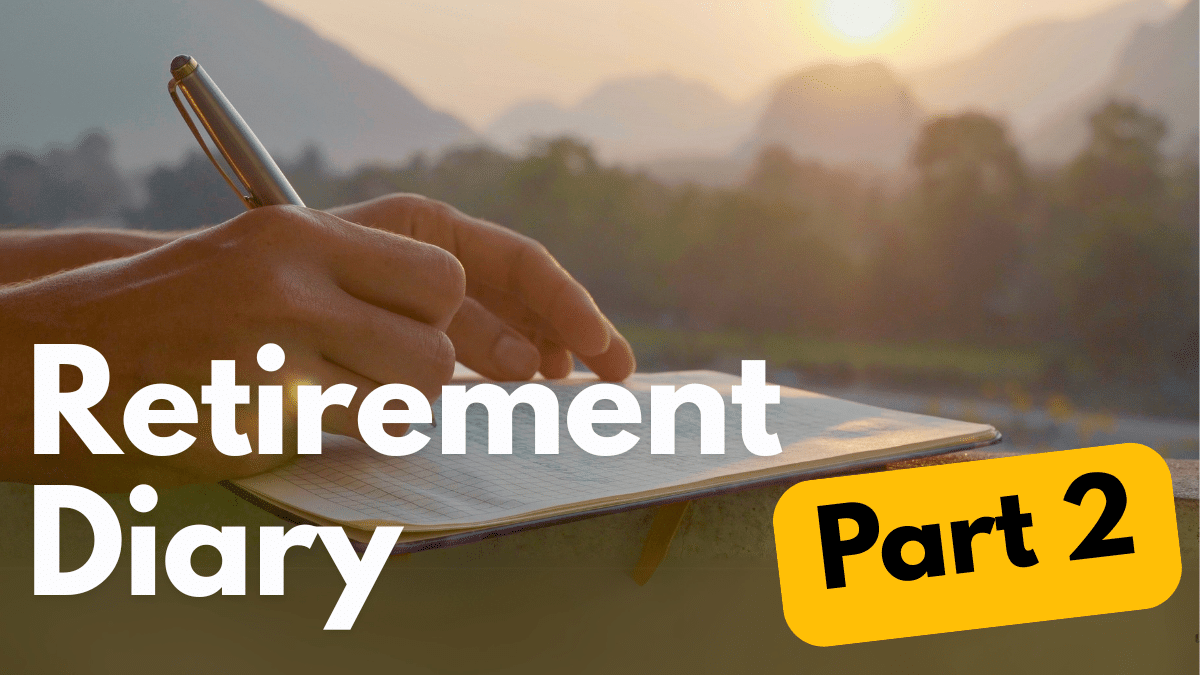In this guide
Like most Australians, I will rely on a combination of superannuation and Age Pension for my retirement income. But thanks to this year’s market turmoil, my super balance has taken a hit.
And like many others who were preparing to retire within the next 12 months or so, I’m reviewing my options.
Can I still afford to retire this year? To answer that, the first port of call is my super fund.
Is my super un-Balanced?
Some nitty gritty details. My retirement savings are all in one industry super fund’s Balanced option.
If you have a self-managed super fund (SMSF), you are required to write an investment plan and decide on your target asset allocation, with a rationale for your decisions. When you are a member of a large super fund, those decisions are at one remove.
While I actively chose my super fund and investment option, that was some time ago. And while I regularly check my balance, I’m a bit vague about where my money is invested.
What impact have plunging share markets had on my investment returns this financial year and my target balance?
So I do some digging on my super fund’s website.
How is my super invested?
I need to check how exposed I am to Australian and international shares, whether I’m still in the right investment option for my risk profile and stage of life, and what to do if I’m not.
According to the latest information on my fund’s website, at the end of December 2024, the asset allocation of its Balanced option was 75% growth and 25% defensive. So, 75% of my retirement savings are in growth assets, mostly shares.
After digging a little deeper, roughly 30% is invested in Australian shares and 35% in international shares. That’s a large exposure to international shares, which have borne the brunt of selling so far this year.
Around three-quarters of the global share market is made up of US shares, which fell 6% in the first four months of 2025. Over the same period, Australian shares were down a more modest 2.3%.
To put that in perspective, international shares were up 32% in 2024 and 24% in 2023. Asset prices in general, and US shares in particular, have been looking expensive, so a correction was not unexpected, Trump or no Trump.
On the positive side, even though Australian super funds are heavily weighted towards shares by global standards, they are well diversified across and within asset classes, geographic regions and market sectors.
So even though my super fund has almost 65% of its investments in shares, it has significant investments in defensive assets such as bonds, infrastructure and cash. I’m relieved to see that despite the market mayhem, my super is still up 4% this financial year (to the end of April 2025), well ahead of inflation of 2.4% (at the end of March).



Leave a Reply
You must be logged in to post a comment.